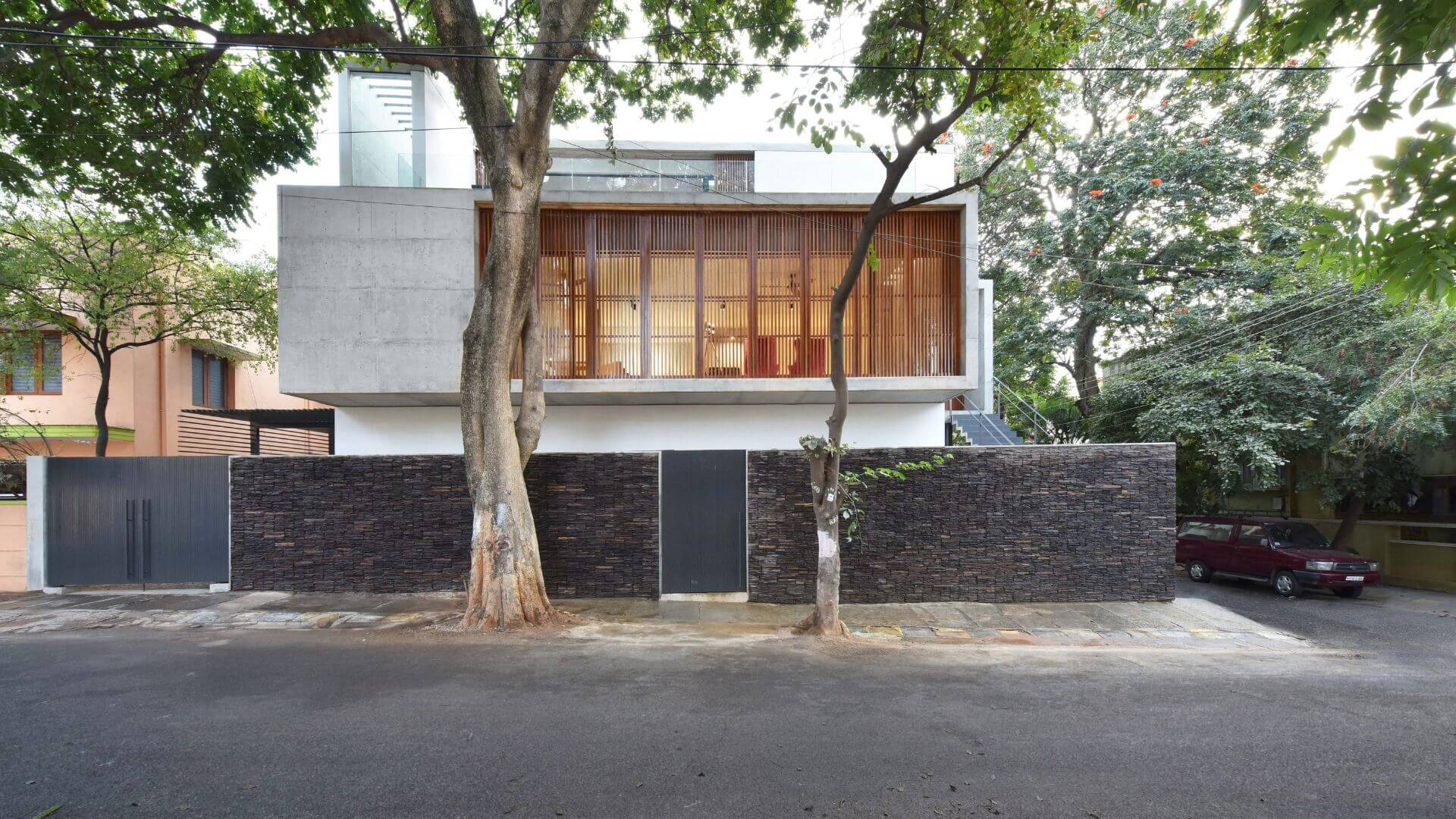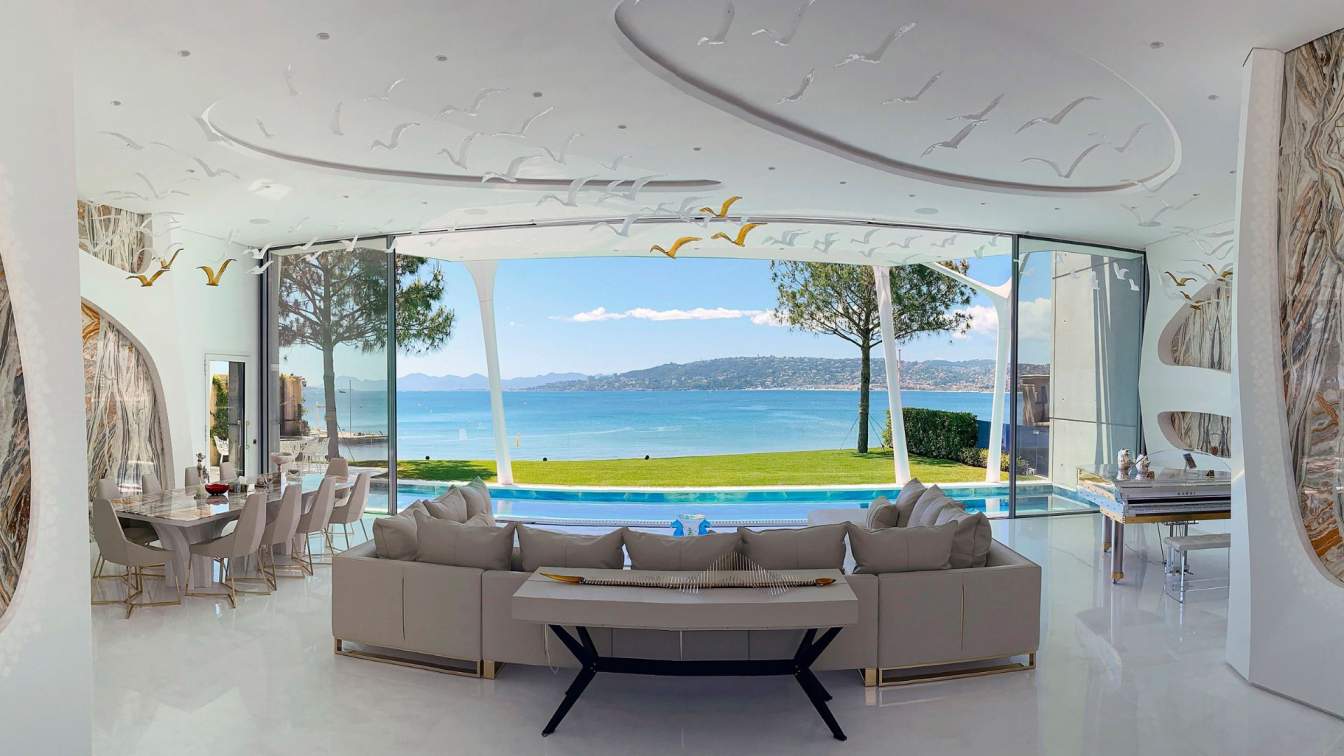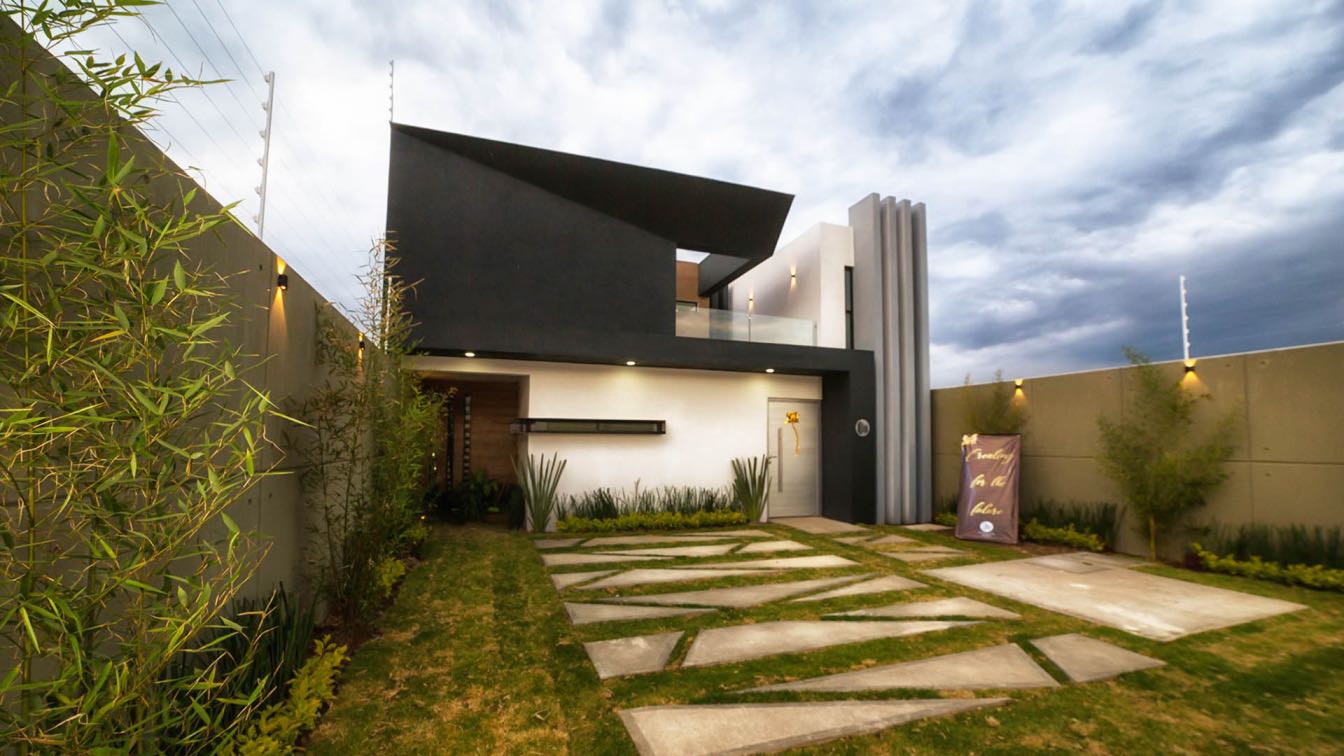Freeman Group Architects: Nestled in the historic town of Chewton, Pyrenees is a testament to meticulous design and a harmonious integration with its environment. Designed as a three-bedroom home for a couple envisioning future growth, the project faced its unique set of challenges and triumphs.
Several challenges marked the architectural journey of Pyrenees. Filtering through the multitude of client ideas to distill the core requirements was a significant task. Additionally, the project had to navigate regulations as the site was historically protected. The busy road, a source of noise, had to be addressed in the design, and the construction phase coincided with the onset of the Covid pandemic, introducing material shortages as an unexpected challenge.
Drawing inspiration from the local vernacular, Pyrenees pays homage to the humble agricultural buildings that dot the Central Victorian landscape and filters local material into its design language. The design also takes into account the sun's movements, with pitched rooflines strategically capturing the warming winter sun while providing shade from harsh summer rays. This approach ensures both aesthetic appeal and practical functionality.
Incorporating a studio space for James, one of the clients and a former bandmate of the designer, David, became a key design element. Given James's deep connection to music, this addition not only fulfilled a practical need but also added a personal touch to the overall design. Material selection played a pivotal role in shaping Pyrenees, especially given the modest budget. The challenge lay in fitting all the requirements of the brief within financial constraints. Balancing practical necessities with aesthetic desires, the chosen materials prioritize durability, functionality, and a seamless integration with the surrounding countryside.

Flexibility in finishes allowed the clients to be accommodating, ensuring that the spaces met their needs while remaining within budget. Recognizing the extreme climate of the location, where temperatures could vary significantly, thermal efficiency became a priority. The design not only responds to the challenging climate but also takes advantage of the breathtaking context, as the national park in the backyard became a driving force behind the architectural decisions.
The busy road adjacent to the plot presented a unique challenge in terms of noise, especially during the night. David and his family experienced this firsthand during their stay in the completed project. Despite this limitation, the design successfully mitigates the impact of external noise, creating a tranquil living environment. The historical context of the site, established during the gold rush in Australia, further influenced the design. The material palette seamlessly integrates a modern volumetric design into the historical context, respecting the heritage of the location.
What sets Pyrenees apart is the unique experience of the designer, David, and his family living in the completed project for three months. Originally seeking temporary accommodation after selling their apartment, David and his partner stayed in Pyrenees during a trip that coincided with the clients' absence. This firsthand experience allowed David to identify and address any hidden defects, ensuring a smooth transition for his clients when they eventually moved in.
Pyrenees stands as a thoughtfully crafted home that goes beyond architectural aesthetics. It is a response to the specific needs of its occupants, a harmonious integration with the environment, and a respectful nod to the historical context. Despite the challenges, Pyrenees emerges as a resilient and functional space that reflects the collaborative efforts of the architect and clients. From the inspired design concept to the practical considerations of material selection and thermal efficiency, Pyrenees exemplifies the successful convergence of creativity and pragmatism.





































